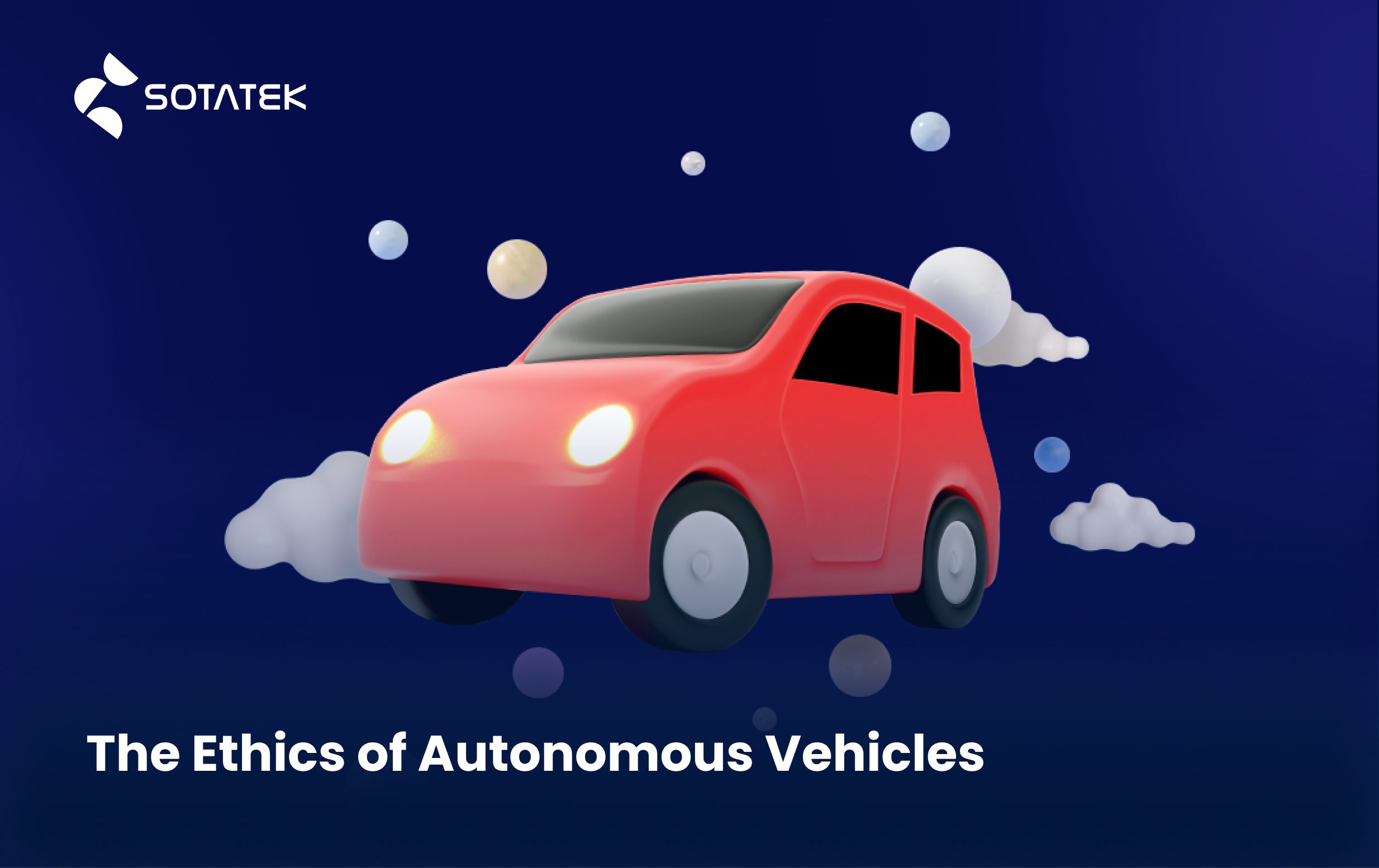Autonomous vehicles are rapidly becoming a reality, promising safer and more efficient transportation. However, as with any new technology, ethical considerations need to be addressed. With self-driving cars becoming more common, what ethical considerations do we need to take into account and how can we ensure that these technologies are developed and deployed in a responsible way?
1. What are autonomous vehicles?
Autonomous vehicles, also known as self-driving cars, are vehicles that can operate and navigate without human intervention. They use a combination of sensors, cameras, artificial intelligence and advanced algorithms to detect and interpret their environment and make decisions about speed, steering, and braking. Autonomous vehicles have the potential to reduce accidents caused by human error, improve traffic flow and efficiency, and provide greater accessibility to transportation for individuals who are unable to drive themselves.
There are several brands and companies that are developing or already producing autonomous vehicles including Waymo, General Motors, Uber, Ford and Volvo. Tesla, one of the most well-known and popular brands, is a leading manufacturer of electric vehicles and has been developing its Autopilot system for several years. The company's autonomous driving system is one of the most advanced and widely used on the market.

Tesla uses AI to develop autonomous cars
2. How do autonomous vehicles work?
Autonomous vehicles use a combination of sensors, cameras, and advanced algorithms to detect and interpret their environment and make decisions about speed, steering, and braking. They work around some basic components:
- Sensors: They use a variety of sensors, including cameras, radar, lidar, and sonar, to gather information about their environment. These sensors can detect objects, pedestrians, other vehicles, and road markings.
- Data processing: The data collected by the sensors is processed by onboard computers using machine learning algorithms. The algorithms analyze the data to identify objects and predict their behavior.
- Decision-making: Based on the data collected and analyzed by the sensors and computers, the vehicle's autonomous driving system makes decisions about speed, steering, and braking. These decisions are based on a variety of factors, including traffic conditions, weather, and road hazards.
- Actuators: Once decisions are made, the autonomous driving system sends signals to the vehicle's actuators, which control the steering, braking, and acceleration of the vehicle.
- Monitoring: While the vehicle is in autonomous mode, it constantly monitors its environment and makes adjustments to its driving behavior as necessary. If the system detects a problem, it may alert the driver to take control of the vehicle.
Read more: Artificial Intelligence Trends in 2023
3. Types of autonomous vehicles
There are several types of autonomous vehicles currently in development or already on the market, notably passenger cars and buses, one of the most well-known types of autonomous vehicles designed to transport people. Other types include trucks, delivery vehicles, drones, agricultural equipment, and mining equipment. As technology advances, we may see even more types of autonomous vehicles in the future.

A self-driving bus in Montreal, Canada
4. Ethical concerns
One of the main ethical concerns is the potential for accidents. While autonomous vehicles have the potential to reduce accidents caused by human error, there is still a risk of accidents occurring due to system failures or errors. This raises questions about who is responsible for accidents involving autonomous vehicles. Should the responsibility lie with the vehicle manufacturer, the software developer, or the owner of the vehicle?
Another ethical issue is their potential impact on employment. The widespread adoption of these vehicles could lead to job losses in industries such as trucking and delivery. This raises questions about how to manage the transition to autonomous vehicles to minimize the negative impact on workers and communities.
Privacy is also a significant concern. Autonomous vehicles rely on vast data to operate, including information about the vehicle's location, speed, and surrounding environment. This raises questions about who has access to this data and how it is used. There is also the potential for data breaches, which could put personal information at risk.
On the other hand, ethical concerns related to the programming of autonomous vehicles should be discussed too. For example, if an autonomous vehicle is faced with an unavoidable accident, how should it be programmed to respond? Should it prioritize the safety of the occupants of the vehicle, or should it prioritize the safety of pedestrians and other drivers on the road?
Finally, there is the question of equity. Autonomous vehicles have the potential to reduce transportation costs and improve access to transportation for people with disabilities and those who live in areas with limited public transportation options. However, there is a risk that their benefits will not be distributed equally, with wealthier individuals and communities benefiting more than others.
5. Conclusion
Autonomous vehicles are designed to operate safely and efficiently without human intervention. As technology continues to advance, we can expect to see even more sophisticated autonomous driving systems in the future. The development and deployment of such vehicles raise a range of ethical concerns that must be carefully considered. These include issues related to safety, privacy, employment, programming, and equity. As we move forward with this technology, it is important to prioritize ethical considerations to ensure that the benefits of autonomous vehicles are realized while minimizing potential negative impacts.



